23.10.2023
Classic cars come in all different shapes and sizes. The most common images that come to mind when you think about classic cars are a Morris Minor or MG B but there is a category of classics that is often overlooked… The 4x4.
With that in mind, we’ve put together a list of some well-known and some not-so well-known classic 4x4s.
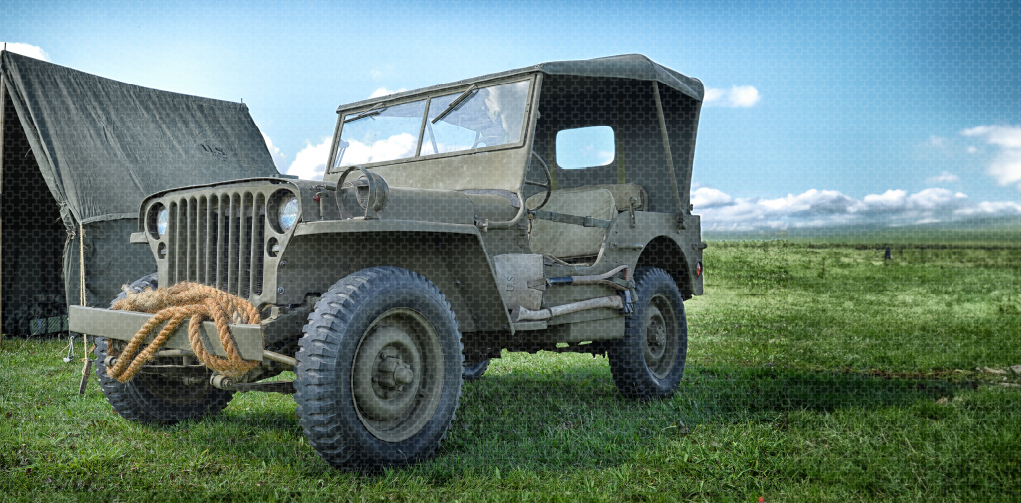
We start with the Willys MB because pretty much all of the other 4x4s on the list were inspired by it in some way- so how did the Jeep come about in the first place? In the throws of WWII, the US Army decided they needed someone to produce a prototype vehicle called the American Bantam. Willys Overland saw the prototype and set about improving it. The engine they were given could run at 3400rpm for 2-4 hours but engineers spent two years improving the engine with new alloys and a lighter flywheel, so the engine could run at 4400rpm for 150 hours. The new Willys MB was produced by Willys, Ford and American Bantam and just under 360,000 were produced between 1941 and the end of WWII. Although it is known now as the Willys Jeep, the trademark for the ‘Jeep’ name was not patented until 1950 and was known as the Willys MB until that point.
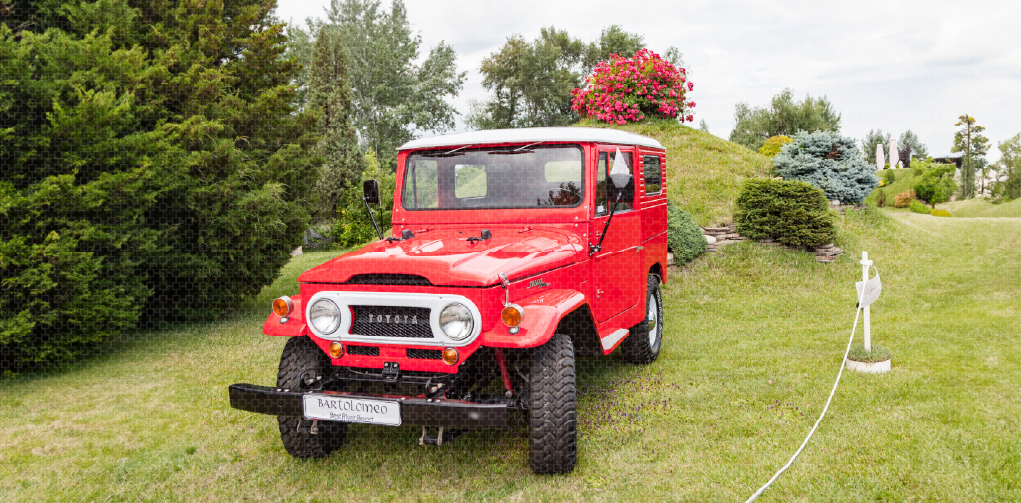
The Toyota Land Cruiser was directly inspired by a captured Willys Jeep. The Japanese military saw the vehicle and asked Toyota to make them something similar. Originally called a ‘Jeep’, Toyota had to change the name to Land Cruiser after a copyright claim from Willys Overland. It wasn’t until the second generation of the Land Cruiser that it began to have a more civilian appeal. The most iconic Land Cruiser came along in 1960- the J40. It finally had low-range gearing and was the bestselling Toyota in America (until the Corolla came along). The utilitarian ruggedness and famed reliability have made it a hugely popular vehicle around the world- especially in warmer climates throughout the African continent and Australia- over 10 million have been sold.
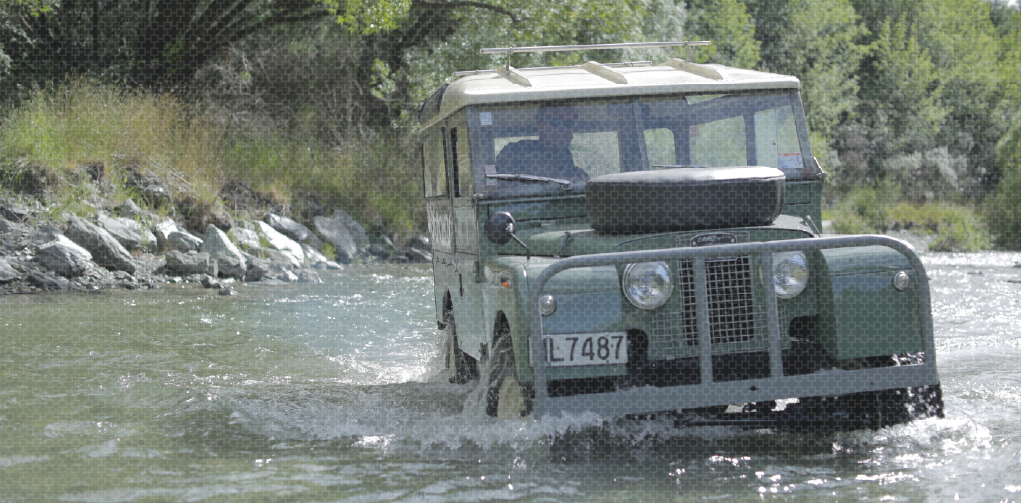
This is probably the 4x4 that needs the least explaining. Everyone knows the Land Rover- it’s engrained in the DNA of the UK. The Land Rover too was inspire by the Willys Jeep but distinguished itself for the civilian market by being the first civilian 4x4 car to come with doors and an optional hard roof. Due to a steel shortage, the Land Rover body was made out of aluminium and was non-rusting. In 1992, Land Rover claimed that over 70% of cars produced were still in use due to the reliability of the vehicles and non-rusting bodies.
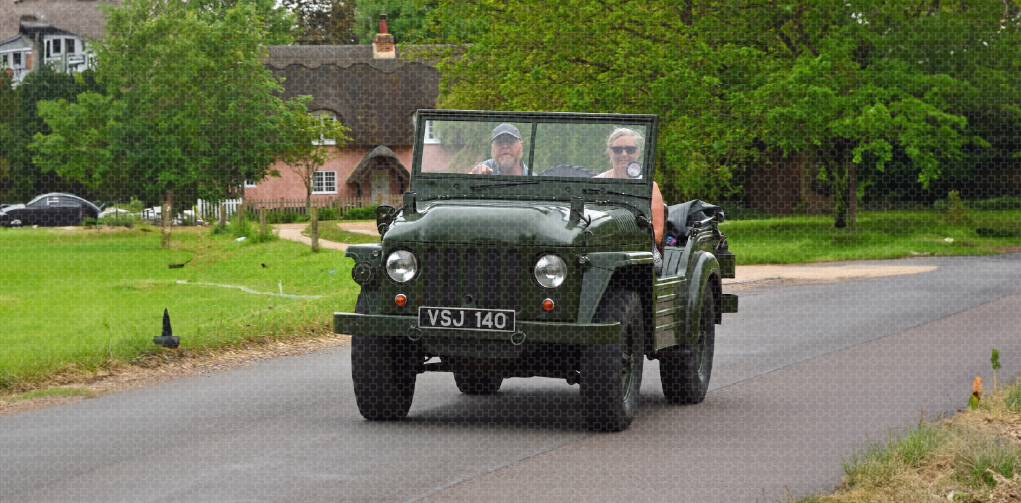
The third in the list to be inspired by the Willys MB/Jeep, the British Army decided they needed a recon vehicle and didn’t want to rely on American vehicles. The suspension for the Austin Champ was designed by Alec Issigonis- who would later find fame with the design of the Mini. It was a capable vehicle and good for off-roading but it was double the price of the Land Rover. The Land Rover was preferred by troops as it offered some protection from the elements- which the Champ did not. The Land Rover replaced the Champ for all uses.
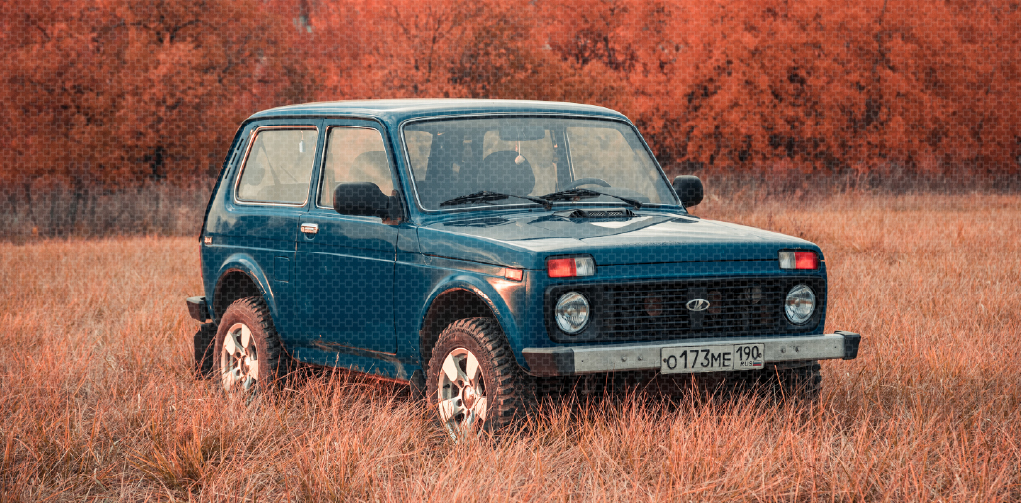
The Lada Niva started production in 1977 and is still produced until the present day. It was described by the designed as a Renault 5 bolted to a Land Rover chassis- although it was the mass production off road vehicle with a unibody construction. It was celebrated for excellent off-road capabilities due to the short wheelbase, weighing just over a tonne and having high ground clearance. However, when tested in 2002 by Euro NCAP, it received a 0 star safety rating and the dummy in the passenger seat would have sustained a traumatic head injury due to being struck by the glove compartment. A downside of an aging design.
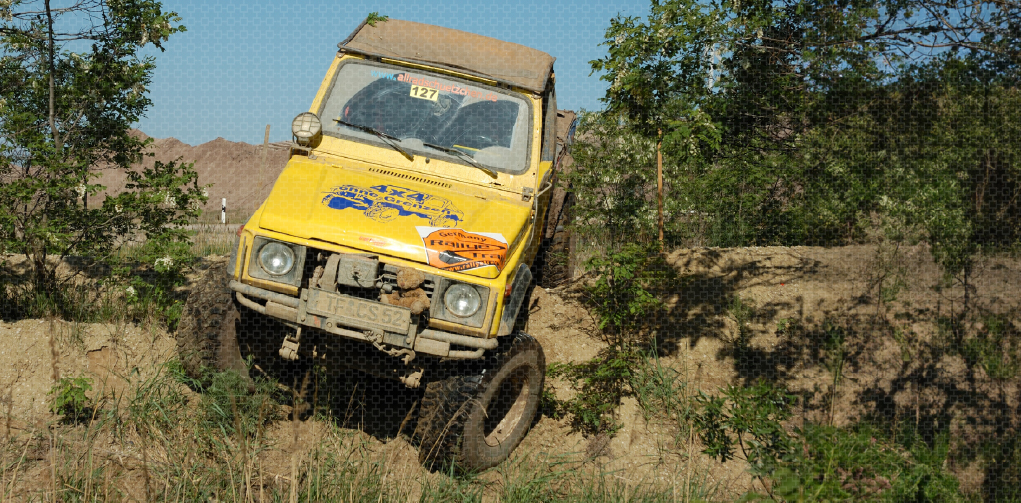
Off-roaders became bigger, bloated and had more powerful engines at the beating heart. However, Suzuki decided to go back to basics with the SJ. A pint-sized off-roader with a 1.0L or 1.3L engine. The SJ is often customised and used in off-roading competitions. It wasn’t until the 1990s that it gained a cult following with a new name… Jimny.
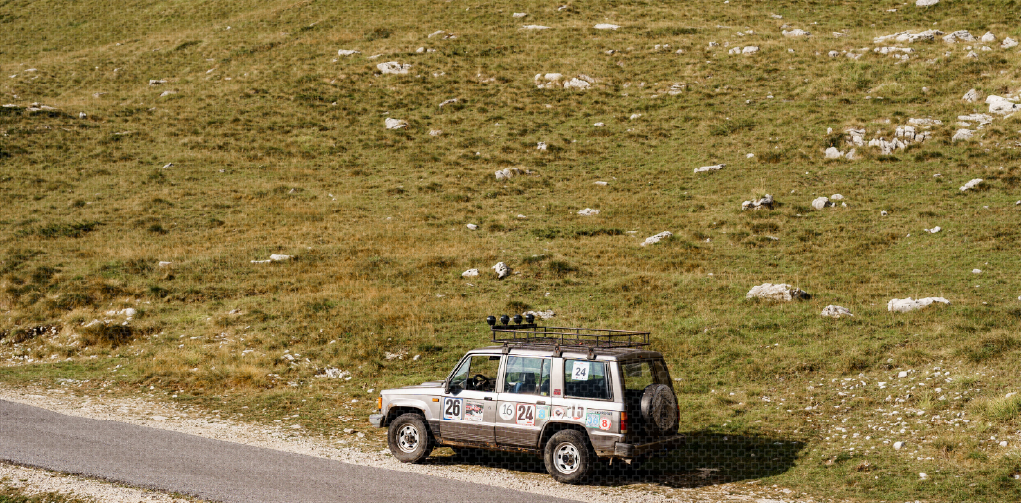
Like the Land Cruiser, the Trooper is famed for legendary reliability. Although the first petrol examples should be avoided, due to poor on-road driving, the Trooper was a popular car. Although the Trooper was no match for the suaveness of the Range Rover or bolted together approach of the Land Rover, it provided good levels of equipment and technology as standard.
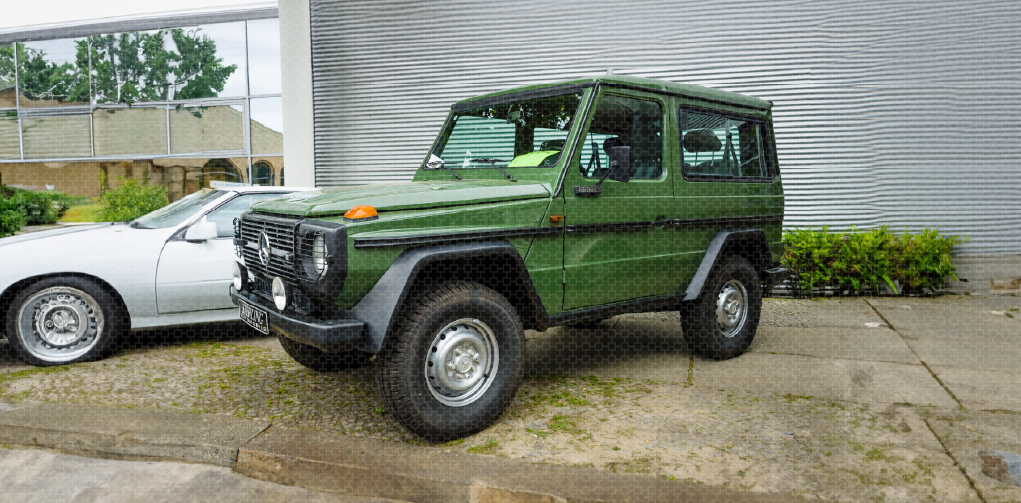
Another rugged, jeep-like car was needed as the vehicles developed for WWII were aging by 1979. Mercedes-Benz took to the drawing board with renowned military vehicle producer, Steyr-Daimler-Puch after a suggestion from the King of Iran, Mohammed Reza Shah. The G-Class when then largely hand-built in Graz, Austria. The G-Class has taken many forms since then- even as a Pope-mobile when the Pope visited Germany in 1980. Since the first rugged iteration, the G-Class has changed quite a considerable amount since then.
Ensuring high-quality lubrication is used is the best way to keep classic cars running and on the road. Understanding this need, the range of classic Motul oil was launched with that mindset and a variety of additives, brake fluid, coolant, gear oil and maintenance products.
If you would like more information or technical advice, get in touch with us!
Subscribe to Club Motul to be kept up to date with all of the latest product launches plus exclusive offers and sale previews.
© 2026 Motul
Operated by Babol Ltd